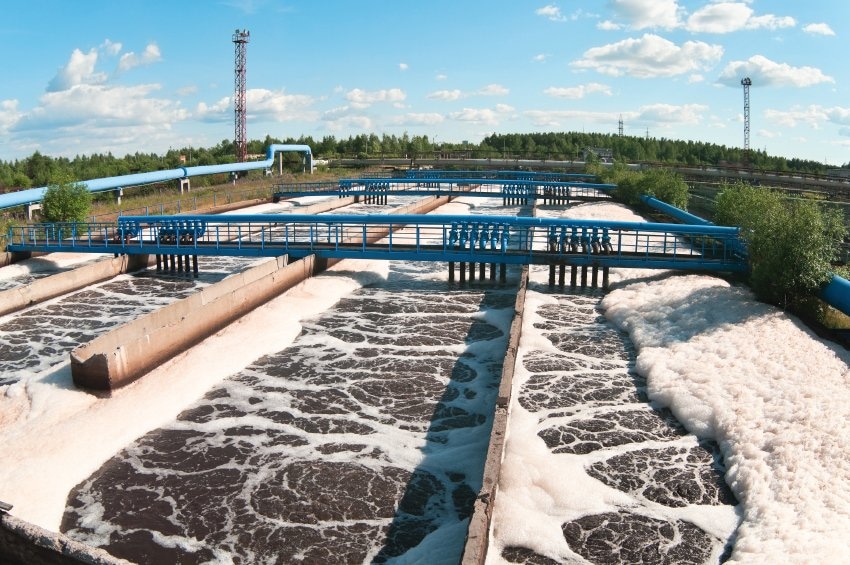Determination of ammonium is one of the most crucial applications for sectors such as water and waste water analysis, fertilizers, and others. Metrohm Application Bulletin AB-133 describes the determination of Ammonium by ion measurement according to ISO 6778, EPA 359.2, EPA 305.3, and ASTM D1426. Tips & Tricks on how on how to deal with possible interferences, sample preparation, and handling of the ammonia ion selective electrode are also covered.
 (Credit: iStock_000014462270)
(Credit: iStock_000014462270)
While there exist photometric methods for ammonium, they are rather time consuming (up to 90 min. reaction time). Moreover, photometric determination in opaque solutions is always a challenge. Determination by direct measurement using an ion selective electrode, on the other hand, is faster and more robust. Hence, measurements can be easily performed in waste water, liquid fertilizer, and urine as well as in soil extracts.
Determination of ammonia in ammonium salts, of the nitric acid content in nitrates, and of the nitrogen content of organic compounds with the ion-selective ammonia electrode is based on the principle that the ammonium ion is released as ammonia gas upon addition of excess caustic soda:
NH4+ + OH– → NH3 + H2O
The outer membrane of the electrode allows the ammonia to diffuse through. The change in the pH value of the inner electrolyte solution is monitored by a combined glass electrode. If the substance to be measured is not present in the form of an ammonium salt, it must first be converted into such a salt. To this end, organic nitrogen compounds, especially amino compounds are digested according to Kjeldahl by heating with concentrated sulfuric acid. The carbon is oxidized to carbon dioxide in the process while the organic nitrogen is transformed quantitatively into ammonium sulfate.